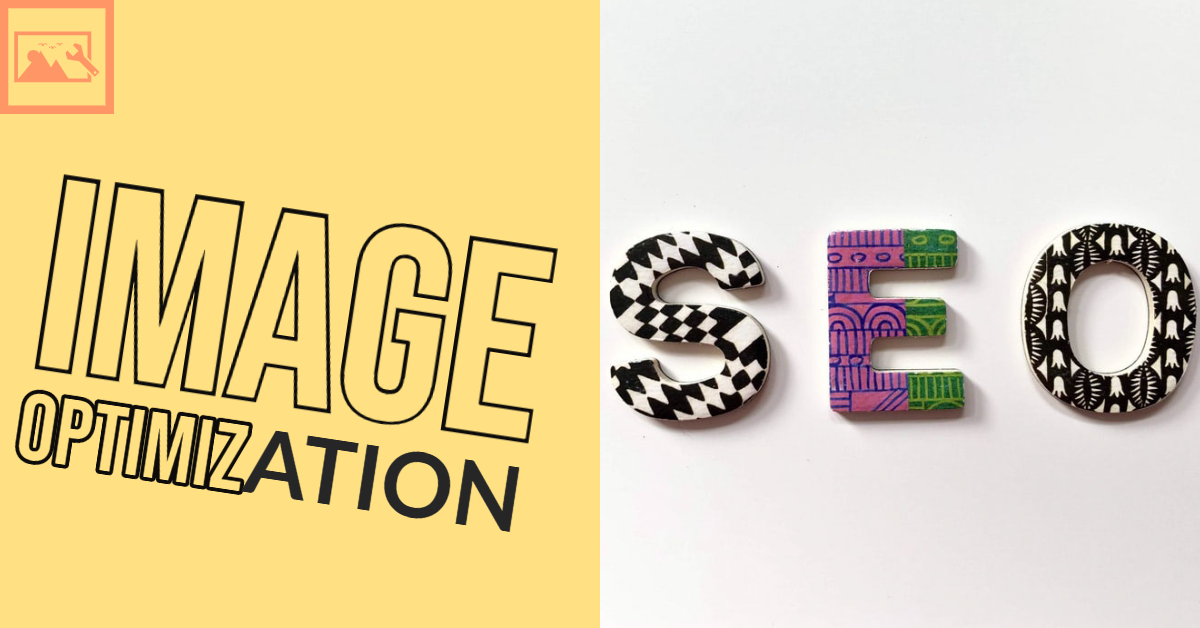
Image optimization is the process of minimizing the file size of an image. When you use an image on your website, you should compress it. Without sacrificing quality, your page’s load time is kept to a minimum.
When you have a large image on your website, it takes a long time for it to load. Additionally, it is about SEO. That is, obtaining high rankings for your product images and decorative images on Google, which is also beneficial for the image search engine.
Image optimization is critical because it affects the speed with which your page loads. Unoptimized images can cause your website to run extremely slowly and clumsily like nothing else. Your users anticipate a rapid load time for your websites.
Optimizing your images enables users to have a more enjoyable experience on your website. If your website is built around the user’s requirements, it will exceed the user’s expectations. Your website will be considered the best if it satisfies the users’ requirements.
People return to the website repeatedly if they obtain all of their required records in a timely manner.
Techniques of Image optimization:
Here are some important website management techniques. Follow these image optimization techniques to get more visitors to your website:
- Use the correct image size. You must use an image that is the same size or close to it.
- Use progressive JPEG format
- Compress your images
- Use the correct image format
- Optimize the image delivery
These are the essential image optimization tips.
Tips for image SEO optimization
When adding images to your website, use the best file type. Choosing the right format is critical to completing the optimized record.
Here are several image formats for optimizing images on your website. The most popular web image formats are PNG and JPEG.
The PNG format produces better images but has a larger file size.
Using the JPEG format may reduce image quality. It’s possible to balance the quality level.
Chrome and Firefox only support the web P file format.
But if you use a.jpg inside an inline SVG, Google cannot index it. So you should know the formats and specs.
Stunning mesh explains the basic formats and their requirements. Your knowledge of all SEO image optimization techniques is stunning.
-
Create Unique Images
If you want your website to rank high, you should use different records. The internet has too many websites. Every website has unique images.
Use images that no other website uses. If you are considering partnering with a website, you must have improved customer service. Your perfectly optimized stock images will not have the same SEO benefits as original and high-quality images.
-
Image compression
Compressing your images is crucial. Images account for 21% of a webpage’s weight. It means compressing images before uploading them to your website.
Photoshop can compress your images. You can also use tools like Tiny PNG to compress your image.
Ting PNG also has a WordPress plugin. It can also compress images.
-
Customize image file name
Use the customized image file name when using SEO image optimization tools. Unique and descriptive file names for images It must convey the image’s concept but be distinct from other images.
The image file name informs Google and search engine crawlers about the image’s subject. Image subject clearly state your image’s subject. Normally, files are named IMG-234567 or something similar. It’s like ordering in multiple languages.
SEO Image Optimization File Structure:
Google updates its image file structure and website users must be aware of this. This means they use the file path and name to rank your images.
The correct path will rank your site. For example, if you run a business with multiple products. If you want to upload all products to your website, you must use the best structure.
Like you upload everything to one main folder. It’s a bad way to upload. You must use the criteria and folders on your website to upload your record.
Title and Description Optimization:
Your website has various page titles. Google also revealed that the search algorithm uses your page title and description.
All basic SEO tools header tags copy the image and data structure. These factors will rank your Google images.
It is now crucial that your images support Mobile SEO. It means many mobile users use various mobile tools. Then you need mobile SEO. Using all image optimization tips will help you rank high.